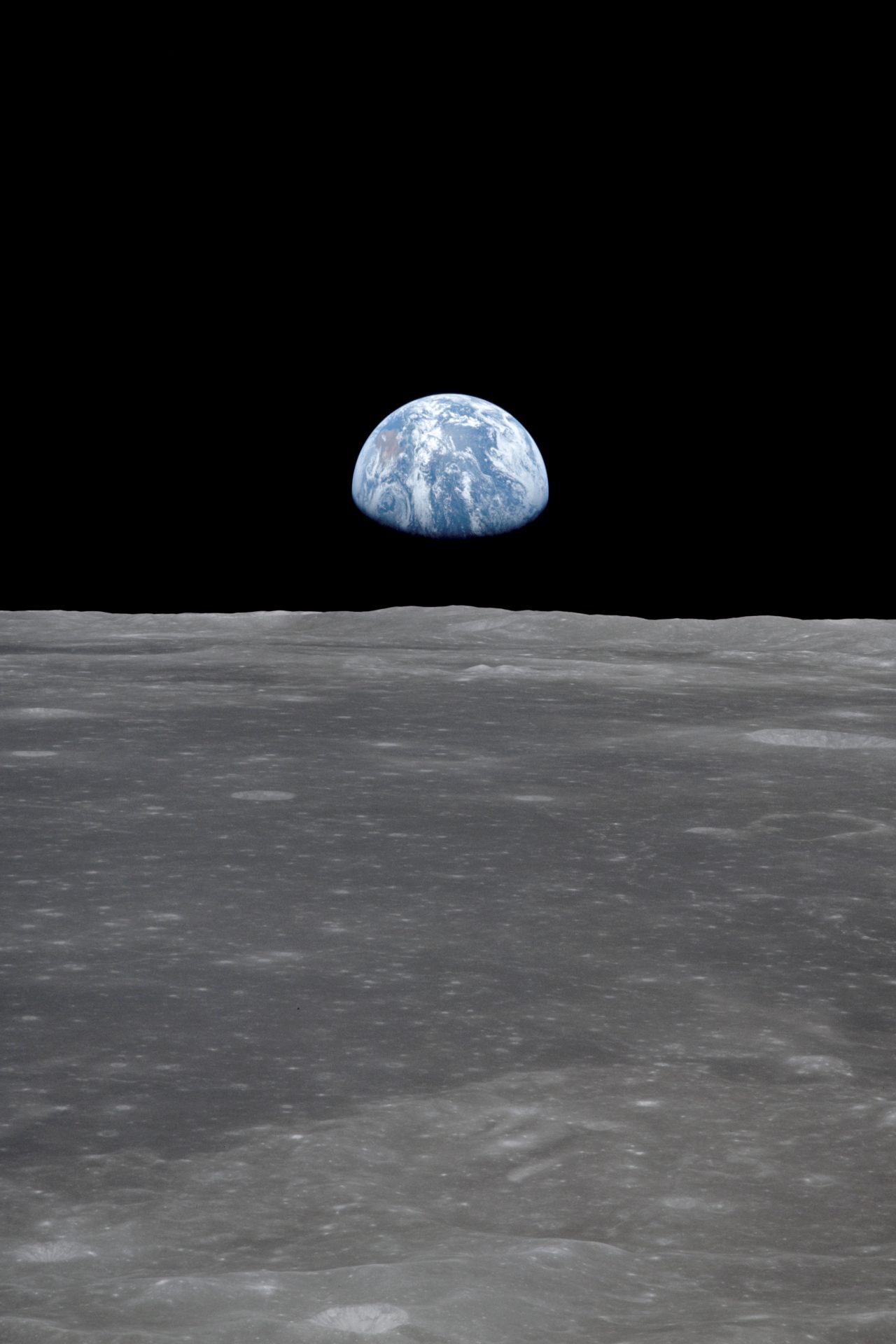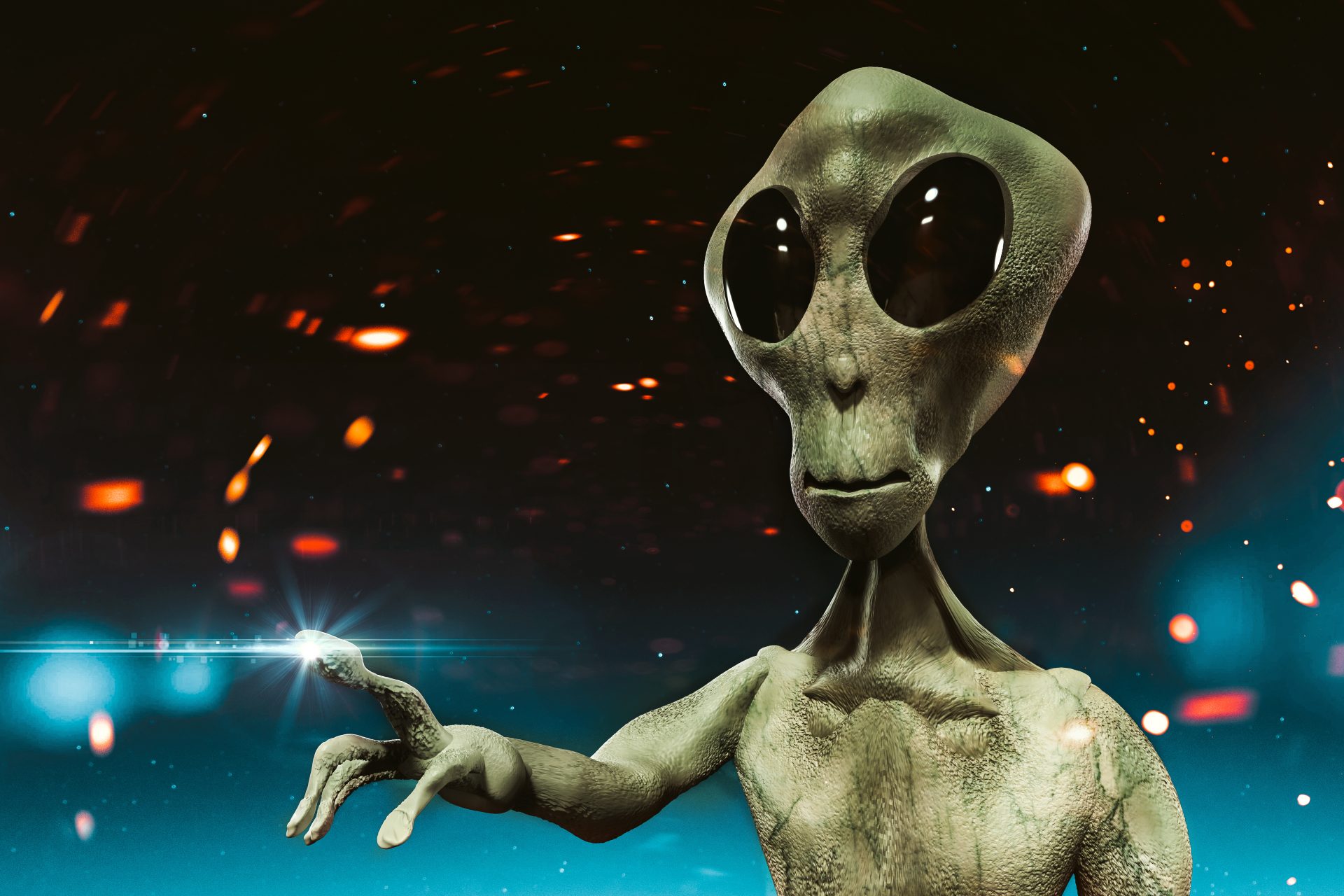Exploring the Fermi Paradox: Where are the aliens?
The Milky Way alone is estimated to have 200-400 billion stars, many of which are sun-like, millions of years older, and have Earth-like planets nearby.
Yet, despite this, most people would agree that there has been no definitive proof of alien life. So, what's going on? Where are all the aliens?
Enrico Fermi, a Nobel Prize-winning physicist known for his role in developing the first nuclear reactor and contributing to the Manhattan Project, inadvertently initiated this scientific debate with a simple lunchtime query, "Where is everybody?" in 1950. The question got a laugh, but really had some geniuses scratching their heads.
Fermi couldn’t get the question out of his head. According to co-worker Herbert York, he followed it up with a series of calculations of the probability of alien life. “He concluded on the basis of such calculations that we ought to have been visited long ago and many times over,” wrote York. Unfortunately, Fermi died in 1954 of cancer.
The Drake Equation, proposed by astronomer Frank Drake in 1961, offers a method to even better estimate the number of communicative civilizations in our galaxy. The first meeting on the Drake equation, attended by the likes of Carl Sagan, speculated that the number of civilizations was roughly between 1,000 and 100,000,000 civilizations in the Milky Way galaxy. However, pessimists say that is a wild exaggeration.
Of course, whether or not we are alone in the universe is a massive and fascinating question. So, in the absence of any hard proof either way, many great minds have speculated as to why we haven’t been visited by ETs yet (or at least not officially). Here are some of the leading hypotheses…
The vast distances between stars may present insurmountable challenges for interstellar travel, possibly explaining why no extraterrestrial civilization has yet visited Earth. And maybe even pointing to a physical impossibility? But… if interstellar travel is possible, the idea is that it would “only” take from 5 million to 50 million years to colonize the galaxy, according to scientific calculations.
Could we really be alone in the whole vast universe? Or at least the only intelligent civilization with advanced technology? As astronomer Charles Lineweaver suggests, intelligence is no more “inevitable” than large noses like elephants. And of course, this wonderful planet Earth has only produced one space-faring species — us. Not getting to the needed level of intelligence has been called “the great filter.”
Photo : Planet Volumes / Unsplash
One horrifying hypothesis, related to the 20th-century development of the nuclear bomb as well as the threat of climate change, is that any civilization with such advanced technology has probably destroyed itself. In 1966, Sagan and the Soviet astronomer Shklovskii speculated that technological civilizations would tend to destroy themselves within a century of developing interstellar communicative capability or overcome these urges and survive for billions of years.
Maybe the assumption that if there is alien life, it would try to colonize the rest of the galaxy (or at least communicate) is self-projection. Yes, that’s what our society would do, but putting that on aliens is might be too much. As American evolutionary biologist Stephen Jay Gould wrote, "I have enough trouble predicting the plans and reactions of the people closest to me... I'll be darned if I can state with certainty what some extraterrestrial source of intelligence might do."
The universe is mind-bogglingly huge. According to York, one of Fermi’s best guesses as to why aliens haven’t visited yet is that Earth and our galaxy are “far-removed from far removed from the metropolitan area of the galactic center."
According to this theory, advanced alien civilizations might know about us but choose to observe from afar, intervening as little as possible to avoid disrupting our natural evolution.
Photo: Kellepics/Pixabay
It's conceivable that extraterrestrial beings might prefer isolation, choosing to hide or avoid contact with other civilizations for reasons of their own, adding another layer of complexity to the Fermi Paradox. This is known as “the dark forest hypothesis.”
As Nick Bostrom, the guy behind the simulation theory (shown), suggests, maybe advanced beings get rid of the physical form altogether and instead focus on creating massive virtual environments.
Sci-fi writer Stephen Baxter has proposed that what we see in the universe, including all scientific calculations, is an illusion created by a higher civilization. In other words, we haven’t seen the aliens because they've engineered it so that we never will. In the Bostrom sense, we could also be living in a simulation and the universe is simply virtual.
Projects like SETI actively scan the cosmos for signs of alien life, using sophisticated equipment to listen for signals that differ from the cosmic background noise, holding onto the hope of eventually making contact. But even if they are trying to communicate, Sagan (shown) speculated that our current technology might not be capable of detecting or understanding their signals, which could be vastly different from anything we've anticipated.
Some theorists suggest that extraterrestrial life could be on Earth in forms we don't recognize, such as microscopic organisms or non-biological intelligences, waiting for us to reach a higher level of understanding. As Whoopi Goldberg has said: “They are already here. They have been for some time.”
More for you
Top Stories






























